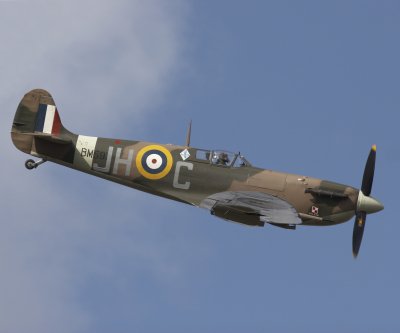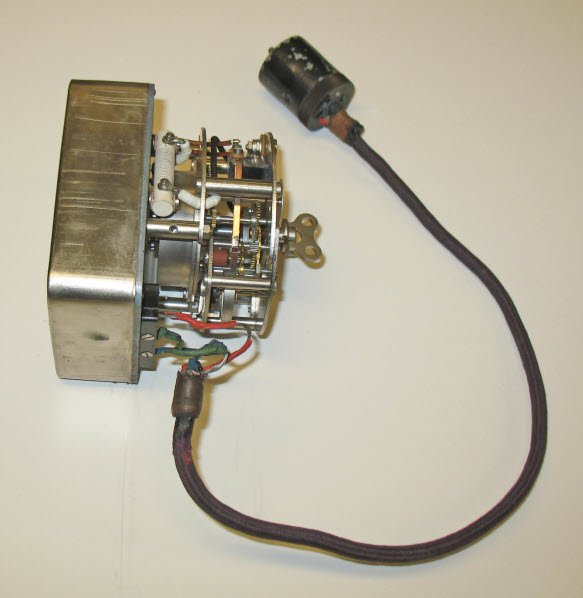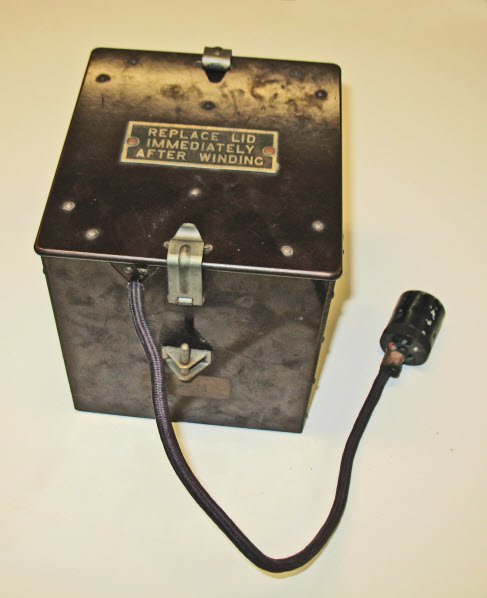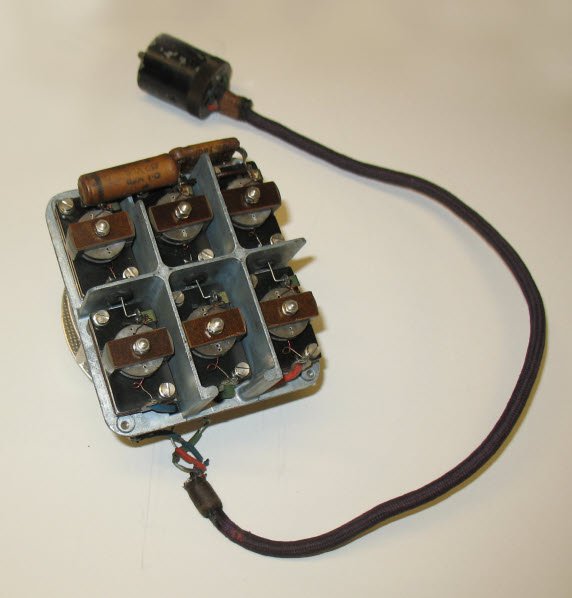Horology in action
This post was written by David Thompson
Mechanical clocks turn up in the most unlikely situations.
When thinking of the Battle of Britain and the courage of the airman who flew Spitfires and Hurricane in defence of Britain in 1940, the humble clock does not immediately come to mind as playing a part in active service. However, selected aircraft in squadrons were fitted with a signalling device which allowed the controllers at strategic airfields to plot the position of fighter aircraft and so direct them to intercept approaching enemy aircraft.



The system used by the Royal Air Force was commonly known as 'Pipsqueak'.
Fitted into the aeroplane behind the pilot’s seat was a Bakelite box containing a clockwork mechanism which would run for about five hours when fully wound. This was connected to an on-off switch located next to the pilot in the cockpit.
When switched on the aircraft radio would transmit a series of signals produced by electrical coils once per second for 14 seconds. The radio signal generated would then be received by the tracking station to enable the location of any particular group of aircraft to be located at any time. There is even a small heating coil inside to maintain the temperature to aid better timekeeping.


The system was normally used in two aircraft in the squadron. The clocks would be synchronised with the control tower and then when required the clock signals could be transmitted from the aircraft so that its location could be determined from the direction of the signal being received at a number of different receiving and transmitting stations. The information would then be transferred to the operation control centres so that aircraft could be directed to where they were needed to intercept the enemy.
Link to source of Spitfire image used above.